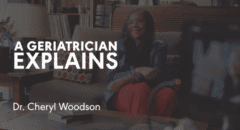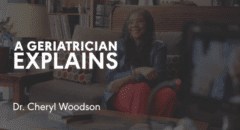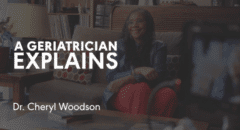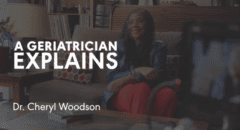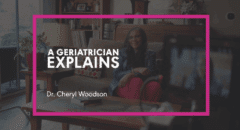The heavy stigma of Alzheimer’s and other illnesses of cognitive degeneration is most often associated with the elderly. It’s a tough pill to swallow, but it’s time to admit we don’t talk about exercising our brains while we’re younger in the same way we talk about exercising the rest of our bodies until signs of slowing begin to show. Keeping preventative care in mind, here are a few easy suggestions to help continue opening neural pathways, increasing plasticity, and activating that amazing brain to keep you functioning at your best.
Card games

Virtually any rules-based games are great for keeping the brain and its functions up to code. With the exception of Solitaire, playing card games is a social activity that does not require screen time, also giving your eyes a rest while your engagement is activated.
Once you shift your brain toward understanding the confines and structures of the games you play, it goes into a problem-solving task-completing mode, processing the information necessary to stay a step ahead. Anything from Poker, Gin Rummy, Go Fish, or even Uno are all reliable options to keep the cogs turning.
Word puzzles

Crosswords, anagrams, Hangman, Wheel of Fortune, Scrabble, etc. Word puzzles are a personal favorite, and not just because they form synaptic connections between brain cells and help regulate dopamine levels. They also keep your short-term memory in great shape and improve mental agility to help your thinking stay quick.
For each answer you get correct or each puzzle you complete there’s a dopamine reward. One of the better games available on a mobile platform is the Wordscapes app, using an anagram structure instead of clues to complete a crossword.
Language learning

Did you know your brain has reserves? A 2022 Cambridge University article shed light on the several benefits of language learning, including “increased white matter integrity” in the brains of bilingual speakers. White matter helps the body process information, enhancing the ability to focus and solve problems.
Think of learning a new language as taking your brain to do reps at the gym. The more complex and demanding the exercise, the more definition your brain will have. Plus, there is the added bonus of becoming a more cultural citizen and adding to your marketable skills as you keep knowing and growing.
RELATED: This Diet Could Prevent Alzheimer’s Disease
Board games

Playing board games is another great social activity that doesn’t require screen time. According to a 2023 study conducted by the National Institute of Health, “Board gaming seems to enhance fluid intelligence, verbal working memory, and social performance.”
As children, we are exposed to board games as a way to shape our critical thinking and logistical reasoning skills. As adults, we use those functions in more evolved settings, but sometimes forget that the element of play is just as important in building relationships between brain cells as is knowing the rules and winning.
Dancing

It’s one of the more beautiful and freeing ways for the brain to multitask, and you can do it anywhere. Dancing requires the brain to process rhythm, balance, and coordinated movements simultaneously.
Cardio-friendly dances that require routines and step sequences like salsa, jazz, tap, or hip hop help keep your brain’s memory on its toes with recall and repetition.
There’s also space for much slower movements, as those found in tai chi or qigong. The benefits of these practices are that they require more mindfulness of the breath while synchronizing it with the movements. As far as a mood booster, anyone who’s ever danced alone in the kitchen to loud music will agree that its positive effects are lasting.



